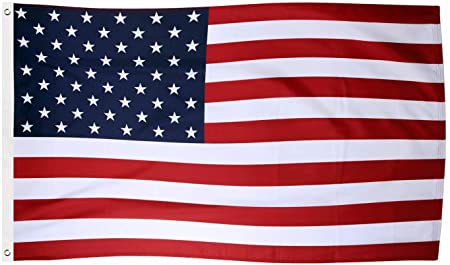The History of the “Christian Flag”

According to one recent conservative estimate, a quarter-million Christian churches fly the so-called “Christian flag.” The Christian flag is frequently displayed outside of buildings and churches, as well as in classrooms, yet few are aware of its significance.
The flag is known for showing Christianity, as well as the community and ideals that it represents. Despite its origins as a global, nationless flag for use everywhere in the globe with no ownership, it is also entangled with controversy, right-wing ideology, and nationalism.
It has been used by congregations of numerous Christian traditions, including Anglican, Baptist, Lutheran, Mennonite, Methodist, Presbyterian, and Reformed, since its acceptance by the Federal Council of Churches in 1942.
It is also popular among Evangelical white nationalists. As with so many flags, the history of this design is complicated. If you want your own, check out https://ultimateflags.com/collections/christian-flag/ as a possible place to buy one. For now, though, let’s look at the history.
The Creation of the Christian Flag
The so-called “Christian Flag” was created by chance in the late 19th century. Its history is short but interesting.
When the featured speaker did not show up for a Sunday School Rally at a Coney Island Chapel in 1897, the Christian Flag was created. It was born as a result of a fortunate coincidence.
The Sunday School was hosting an old-fashioned Rally Day, as was common in the 19th century. A well-known speaker had been booked for this occasion, but he did not appear for unknown reasons. In an emergency, Superintendent Charles C. Overton relied on his own creative abilities to fill the void. The pulpit was draped with an American flag.
Overton started to wonder about what a flag for Christianity would look like. He asked the students present for their ideas and then found himself unable to stop wondering about the idea. Eventually, the modern design of the flag was developed.
The Christian flag is white, with a scarlet Latin cross in the center of a blue canton. The scarlet on the cross represents Christ’s poured blood at Calvary. The blue represents both the waters of baptism and Jesus’ love. The white represents Jesus’ holiness and purity.
Intent vs. Usage
Overton intended the “Christian Flag” to be used by all Christians, regardless of denomination. The problem is that this has not, historically, been the case. Catholic churches do not use the flag, for example, preferring to use their own imagery.
Effectively, the non-denominational design has become a largely Protestant design; its usage focused on the more evangelical end of Protestantism.
Controversy
It would not be an article about Christian history without a section on controversies, would it? As with every aspect of Christian history, there have been disagreements and controversies within the church surrounding the use of the flag.
Importantly, it was not the only “Christian Flag” created around the turn of the century. The “Conquest Flag,” a much more explicitly militaristic version, was created in 1902 and gained a large amount of popularity.
Unfortunately, that one was adopted by the KKK and subsequently fell out of favor, leaving the modern Christian flag as the popular choice. Time will tell if the modern flag will survive or if its association with white nationalism will kill this one too.





